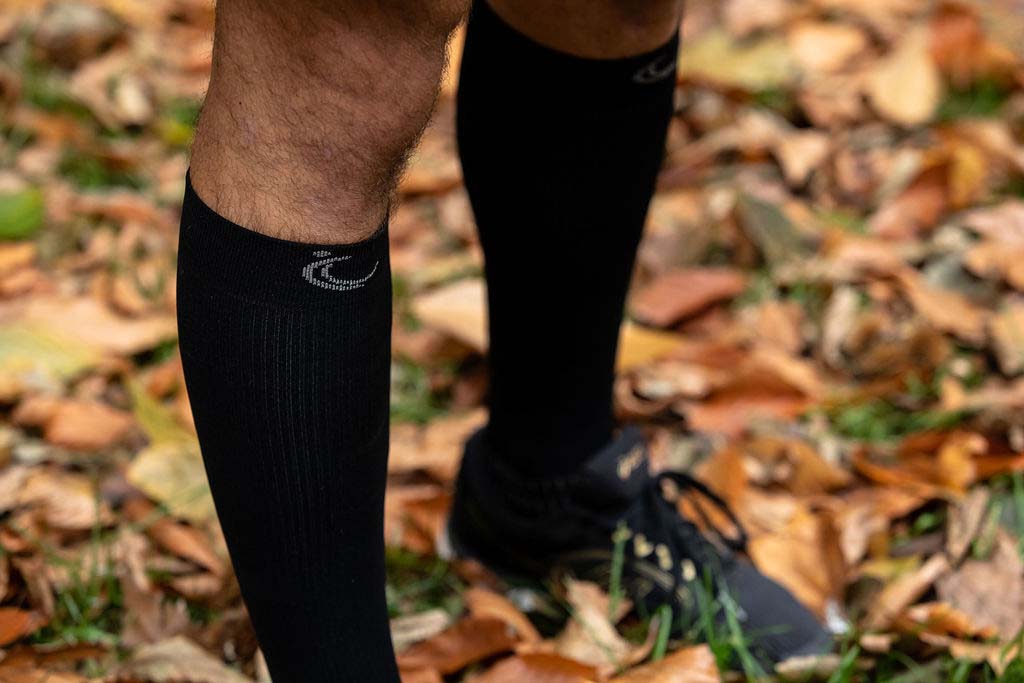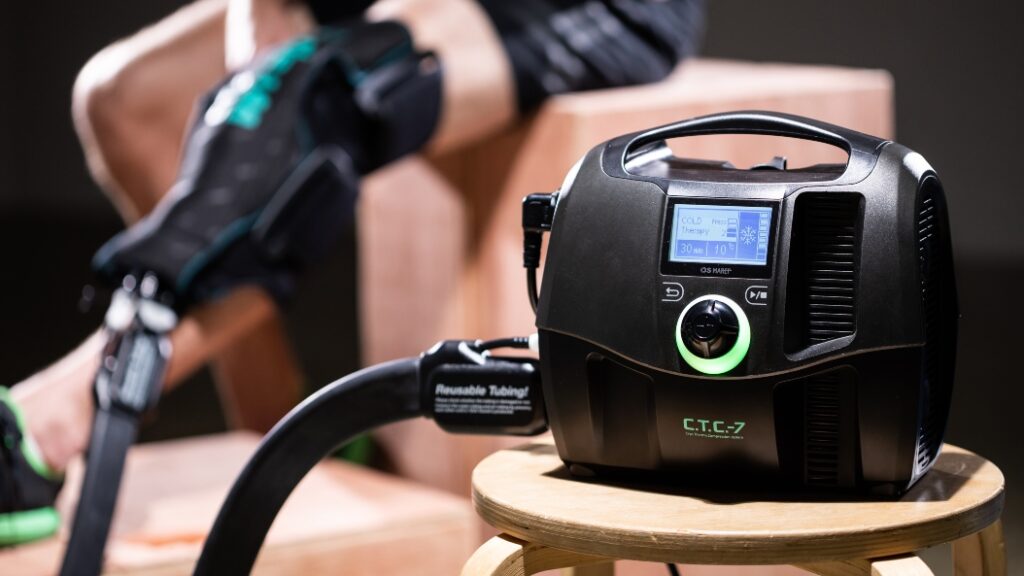For everybody from elite athletes to recovering patients, weekend warriors to fitness newbies, you may have heard about compression therapy. But what exactly is compression therapy, and how can it benefit you? Whether you’re pushing your limits on the track or in the gym, or managing a chronic condition, this blog post is your guide to understanding how compression therapy can benefit you.


Compression therapy applies gentle, controlled pressure to specific areas of the body, typically using garments like sleeves, socks, or wraps. This pressure works in two ways:
Compression therapy is mostly associated with the legs, but it can be used anywhere on the body, and compression wraps and sleeves are commonly used by athletes in sports that rely on the arms such as basketball, baseball, cricket, tennis and more. The benefits of compression therapy include:
Beyond athletes, compression therapy offers relief for various conditions:


The CTC-7 device from G&N Recovery takes compression therapy to a new level. This innovative device combines graduated compression with hot and cold therapy (Cryotherapy, Thermotherapy and Contrast Therapy) delivered through circulating water through specialist wraps. This unique device offers several advantages that are especially useful for elite athletes and sports organisations, medical professionals, and those with chronic conditions.
Without doubt, the best form of compression therapy you can undertake at home is by wearing compression socks. Modern compression therapy socks are comfortable, stylish, and made from a wide range of materials, including sustainable cotton and bamboo. What’s more, they can also help reduce the effects of DOMS after a touch training session or competition.
Compression therapy is a powerful tool for athletes, patients, and anyone seeking to improve their health and recovery. Whether you’re pushing your limits in competition or managing a chronic condition, it can improve circulation, reduce swelling, and alleviate pain.
We use cookies to help improve our services, make personal offers, and enhance your experience. If you do not accept cookies, some of our optional cookies may affect your experience.